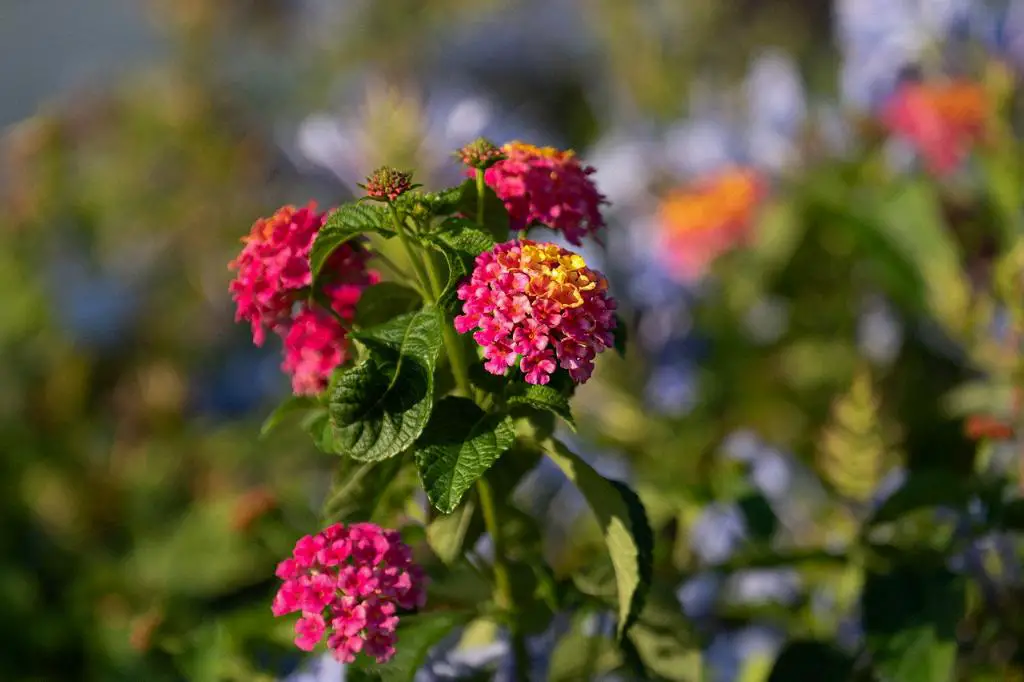When it comes to creating a safe environment for our beloved feline friends, awareness of potentially harmful plants is essential. Lantana, known for its vibrant flowers and ability to attract butterflies, carries a dark side when it comes to pets, particularly cats. Understanding the toxicity of plants like lantana can help pet owners take proactive steps to prevent accidental ingestion and subsequent health issues in their furry companions.
Overview of Lantana plant
Lantana, often seen as a weed in Australia, is a visually appealing plant with flowers that range in color from yellow and orange to pink and red. Despite its aesthetic charm, this plant poses a significant threat to cats and dogs due to the toxins it contains. The toxic properties of lantana lead to a range of adverse effects when ingested by pets.
Understanding the toxicity risk
When a curious cat comes into contact with lantana and ingests any part of the plant, whether it’s the leaves, stems, or flowers, the consequences can be severe. Lantana contains compounds that are harmful to pets, causing symptoms such as depression, vomiting, diarrhea, weakness, loss of appetite, shock, abdominal swelling, paralysis, and even potential liver failure.
Effects of Lantana ingestion on cats
Once a cat consumes lantana, the toxic components can quickly start affecting their system. The impact of lantana ingestion on cats can vary depending on the amount eaten and the overall health of the animal. Cats may display a range of symptoms, indicating poisoning and requiring immediate attention.
Symptoms of poisoning in felines
Recognizing the signs of lantana poisoning in cats is crucial for prompt intervention. Symptoms to watch for include vomiting, diarrhea, weakness, lethargy, abdominal pain, difficulty breathing, tremors, and seizures. If any of these symptoms are observed after potential exposure to lantana, seeking veterinary care is imperative.
Prevention and Treatment
To safeguard cats from the dangers of lantana toxicity, pet owners can take proactive measures to prevent exposure. This includes keeping lantana plants out of reach, creating barriers to access outdoor plants, and ensuring a cat-friendly environment indoors. In the event of ingestion, immediate action is necessary, such as contacting a veterinarian or pet poison control center for guidance.
Steps to prevent cat exposure
Preventing cats from encountering lantana involves strategic placement of plants, regular monitoring of outdoor spaces, and educating oneself on the potential risks. By removing lantana from areas accessible to pets and opting for cat-safe alternatives, pet owners can minimize the likelihood of accidental poisoning.
Immediate actions if ingestion occurs
If a cat has ingested lantana, quick action is required to mitigate potential harm. Contacting a veterinarian immediately and providing details of the situation can aid in determining the appropriate course of action. Do not attempt to induce vomiting without professional guidance, as it can worsen the situation.
Treatment options for Lantana toxicity in cats
Veterinary treatment for lantana toxicity in cats may involve symptomatic care, fluid therapy, supportive measures to address specific symptoms, and monitoring for potential complications. The sooner a cat receives medical attention, the better the chances of a successful recovery from lantana poisoning.
Alternative Plants for Cat-Safe Environment
To create a cat-friendly environment that eliminates the risk of lantana toxicity, explore alternative plants that are safe for feline companions. Opting for non-toxic plant alternatives can enhance the aesthetics of your home while ensuring the well-being of your pets.
List of non-toxic plant alternatives
Consider incorporating pet-friendly plants such as spider plants, Swedish ivy, bamboo palm, and catnip into your living spaces. These alternatives provide a safe and enriching environment for cats to explore without the worry of toxic exposure.
Benefits of cat-friendly plant choices for homes
By choosing cat-friendly plants, pet owners can create an enriching indoor environment that promotes the well-being of their feline companions. Non-toxic plants offer a safe outlet for cats to exhibit their natural behaviors, from nibbling on leaves to basking in the sun, enhancing their quality of life.

Conclusion
In conclusion, lantana toxicity poses a significant threat to cats, necessitating awareness, prevention, and swift action in the event of exposure. By understanding the risks associated with lantana and opting for cat-safe plant alternatives, pet owners can cultivate a safe and nurturing environment for their beloved feline friends. Prioritizing the health and safety of cats through informed choices is key to fostering a harmonious relationship between pets and their environment.
